The Internet of Things (IoT) is revolutionizing the way we live and work. From smart homes to industrial automation, IoT connects billions of devices, enabling them to communicate seamlessly. At the heart of this connectivity lies a complex network of standards and protocols that ensure these devices can work together effectively. This article explores the essential IoT standards and protocols, their importance, and their impact on the future of connected ecosystems.
Why Are IoT Standards and Protocols Essential?
IoT standards and protocols are the building blocks of the IoT ecosystem. They provide a universal framework for communication, allowing devices from different manufacturers to operate cohesively. Without these standards, the IoT landscape would be fragmented, with devices speaking incompatible “languages.”
The Role of Standards in Interoperability
Interoperability is the ability of devices and systems to work together regardless of their origin. Standards like MQTT (Message Queuing Telemetry Transport) and CoAP (Constrained Application Protocol) make this possible by creating a shared set of rules for data exchange. This ensures a seamless user experience and reduces development complexities.
Key IoT Protocols and Their Functions
Protocols define how devices communicate. Here are some of the most critical ones shaping the IoT landscape:
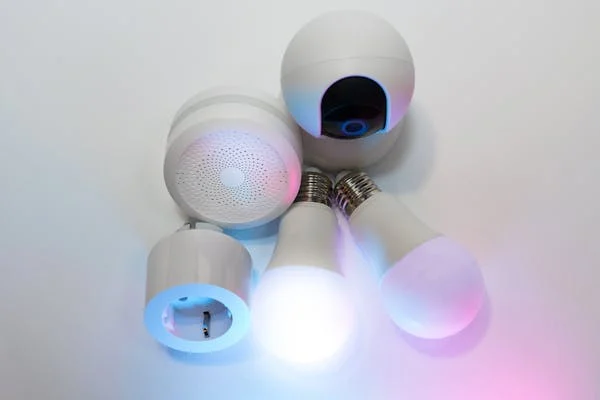
MQTT: A Lightweight Messaging Protocol
MQTT is a cornerstone of IoT communication. Its publish-subscribe architecture allows devices to exchange data efficiently, making it ideal for scenarios where bandwidth and power are limited. For example, MQTT is widely used in smart home systems to update device statuses instantly.
CoAP: Communication for Constrained Devices
CoAP is designed for constrained devices in low-power networks. It enables reliable communication using minimal resources, making it a popular choice for applications like environmental monitoring.
Security in IoT: A Growing Concern
As the IoT ecosystem grows, so does the need for robust security. IoT standards and protocols play a critical role in safeguarding data and devices from cyber threats.
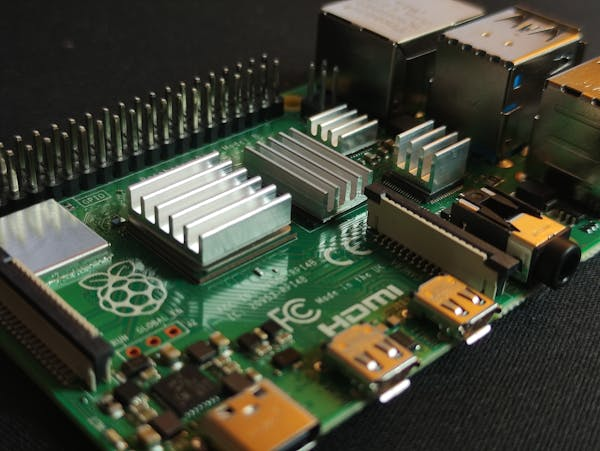
DTLS: Securing Data Transmission
Datagram Transport Layer Security (DTLS) ensures data confidentiality and integrity over UDP (User Datagram Protocol). This is crucial for applications like remote healthcare, where sensitive information must remain secure.
OAuth 2.0: Streamlined Authentication
OAuth 2.0 enables secure access to IoT devices by granting time-limited tokens for specific actions. This minimizes the risk of unauthorized access while simplifying user authentication processes.
Managing IoT Devices Efficiently
With billions of devices in operation, efficient management is crucial for the success of IoT deployments.
OMA-DM and LwM2M: Lifecycle Management
Protocols like Open Mobile Alliance Device Management (OMA-DM) and Lightweight M2M (LwM2M) focus on managing IoT devices throughout their lifecycle. They ensure devices remain secure and functional through updates and maintenance.
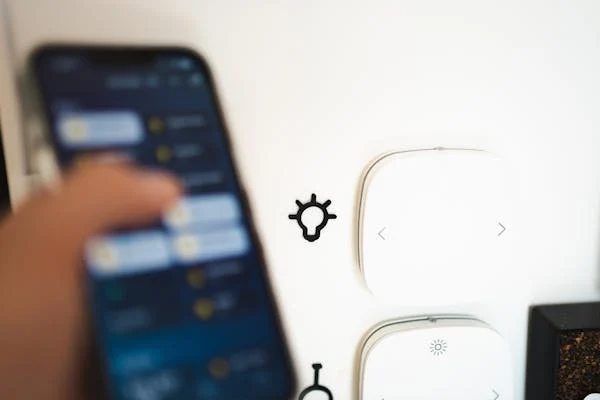
The Road Ahead: Standardizing the Future
The lack of universal standards remains a challenge for IoT. Organizations worldwide are working to bridge this gap by developing comprehensive frameworks that promote collaboration and innovation. Initiatives like the Open Connectivity Foundation (OCF) and Industrial Internet Consortium (IIC) aim to create globally accepted standards for IoT.
Conclusion
Connecting the dots in the IoT world requires robust standards and protocols to ensure seamless communication, security, and efficiency. As the IoT ecosystem continues to expand, these frameworks will play a pivotal role in shaping a future where connected devices enhance every aspect of our lives. By understanding and adopting these standards, businesses and developers can unlock the full potential of IoT, driving innovation and sustainability.
This comprehensive exploration of IoT standards and protocols highlights their vital role in creating a connected, secure, and eco-friendly future. By embracing these frameworks, the IoT industry can achieve interoperability, enhance security, and build trust among users and stakeholders.
Also Read:Controversy Surrounding “Herry Heryawan Menggoda Jessica”
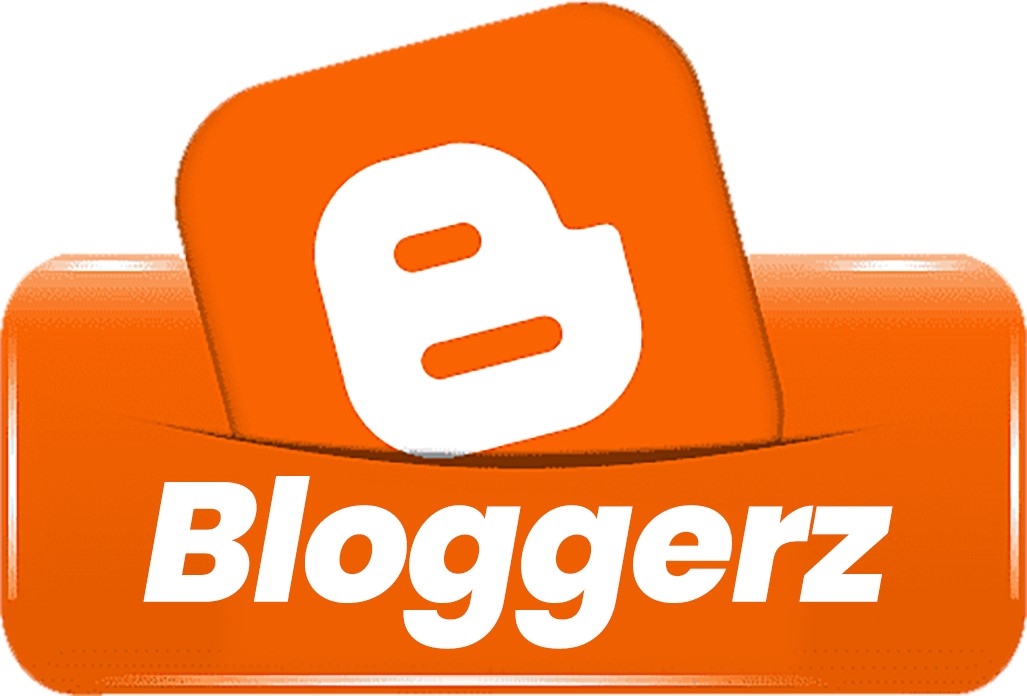


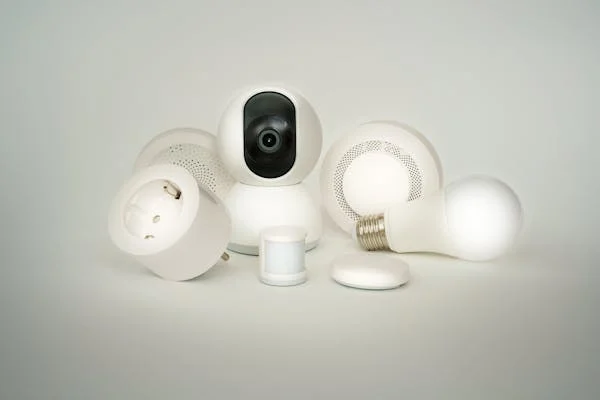
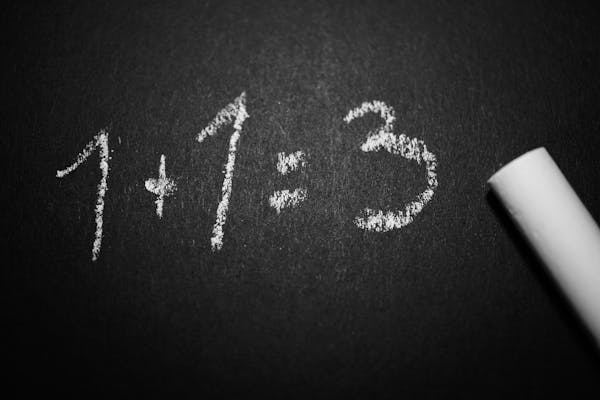
2 thoughts on “Connecting the Dots: Unraveling IoT Standards and Protocols”